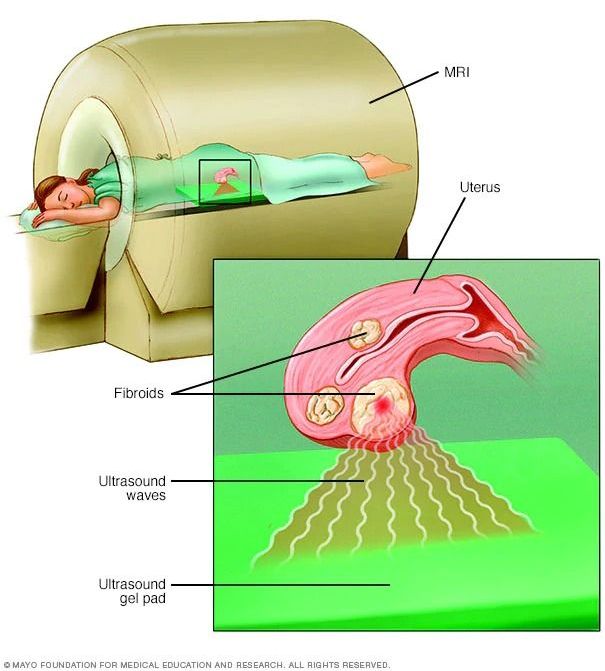Researchers foresee myriad benefits for humanity, but also acknowledge ethical issues.
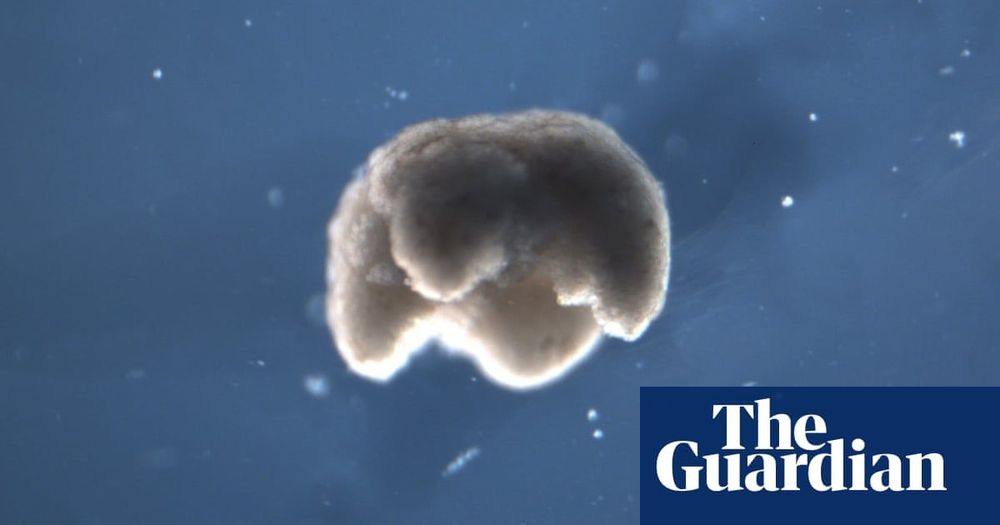


If you ask astronomers how many planets in the universe harbor life, they will likely say there are only two possible answers: one or infinity. We can rule out zero, thanks to the decidedly alive Earth, which means that so far one is the answer. But if we discover another, the answer jumps straight past two to infinity. The reason: You can posit a universe in which the confluence of factors that made life possible here are so complex that the right roll of the dice could statistically happen only once. But if it can happen more than once, why should there be any limit? (Actually, something could be so rare in nature that it happens only two or three times, but the overall zero-one-infinity idea originated with theologians debating atheism, monotheism and infinite polytheism, and planetary scientists just kind of liked it and claimed it as their own.)
Humans have always hoped for infinity, since it would be an awfully lonely universe if we’re the only planet with its porch light on. And with the recent explosion in the discovery of exoplanets (planets orbiting other stars), astronomers now believe that virtually every star in the Milky Way is circled by at least one planet. There are up to 250 billion stars in our galaxy and about 100 billion other galaxies out there—trillions upon trillions of places life could be thriving.
In their search for such worlds, astronomers focus their energy on Earth-like, rocky planets, with atmosphere, water and an orbit that places them in the so-called habitable zone, where temperatures are just right for the water to exist in liquid form. Last week, NASA announced a jackpot: an Earth-sized world in the habitable zone of a hospitable star, just 100 light years from here. The star is known as TOI 700 and the planet is TOI 700 d, the outermost of a litter of three planets. TOI 700 is a red dwarf, a class of stars smaller and cooler than our sun, which were at first thought of as poor candidates for nurturing life, due to their relatively low temperature. But the fact is, as long as the planets orbit close enough to the hearth of the star, they get plenty of light and warmth—and TOI 700 d does.
Episode 16 (full episode)
OLD AGE: the biggest threat facing humanity
with Dr. Aubrey de Grey
Show notes and resources: (to be released on 13 Jan 20)
Follow us on social:
Facebook: http://www.facebook.com/connectwithUE/
Instagram: http://www.instagram.com/connectwithUE/
Twitter: http://www.twitter.com/connectwithUE
LinkedIn: http://www.linkedin.com/company/connectwithue/
Listen to the episodes on podcast:
Apple Podcasts: https://podcasts.apple.com/us/podcast/upgraded-executive/id1481894862
Spotify: https://open.spotify.com/show/1gfW7CgmurnE4YVXcXBriW
Stitcher: http://www.stitcher.com/podcast/upgraded-executive
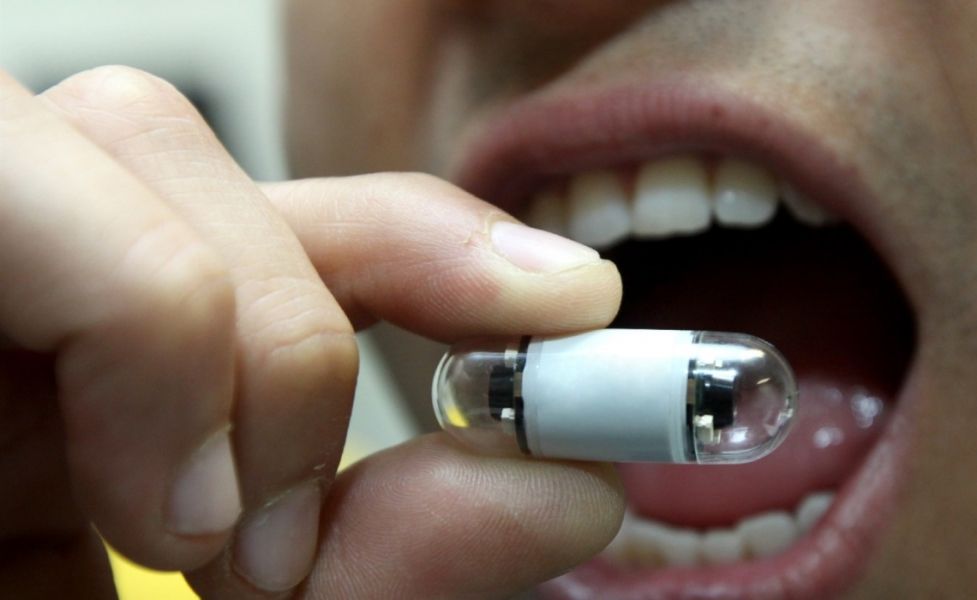
RIO DE JANEIRO, BRAZIL — Approved in Brazil almost four years ago, the colon capsule is finally starting to become popular and available in laboratories and diagnostic centers.
The capsule serves as an alternative to traditional colonoscopy, where a wired camera is introduced through the anus and guided throughout the large intestine.
“The new technology is less invasive and does not require sedation,” says Dr. Admar Borges, of the Brazilian Society of Digestive Endoscopy.
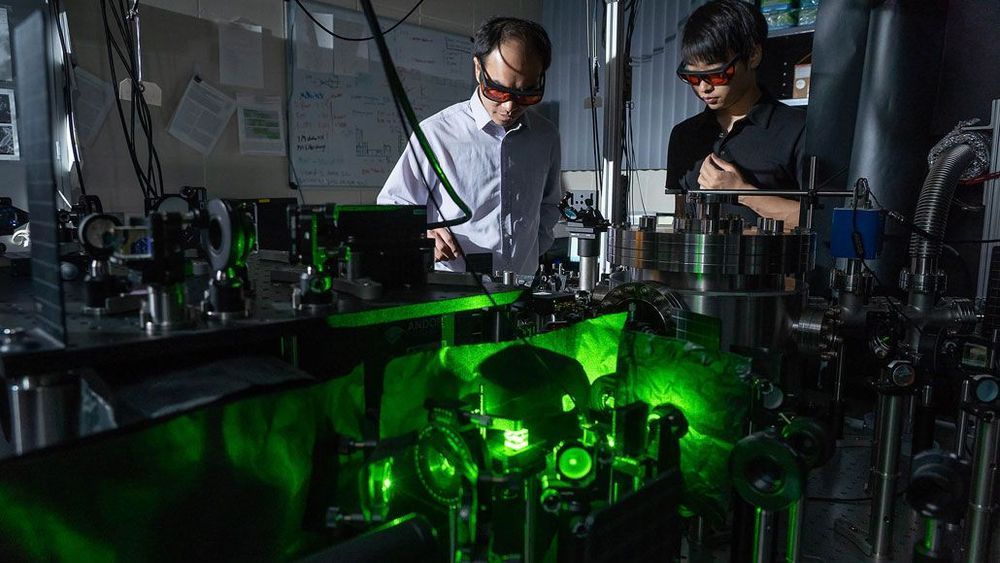
To detect the quantum friction of empty space, scientists are going for a spin.
A twirling nanoparticle, suspended in a laser beam inside of a vacuum, can measure tiny twisting forces, making it the most sensitive detector of torque yet created. Researchers say the device could one day detect an elusive quantum effect called vacuum friction.
The suspended nanoparticle can spin more than 300 billion times a minute. “This is the fastest human-made rotor in the world,” says physicist Tongcang Li of Purdue University in West Lafayette, Ind.
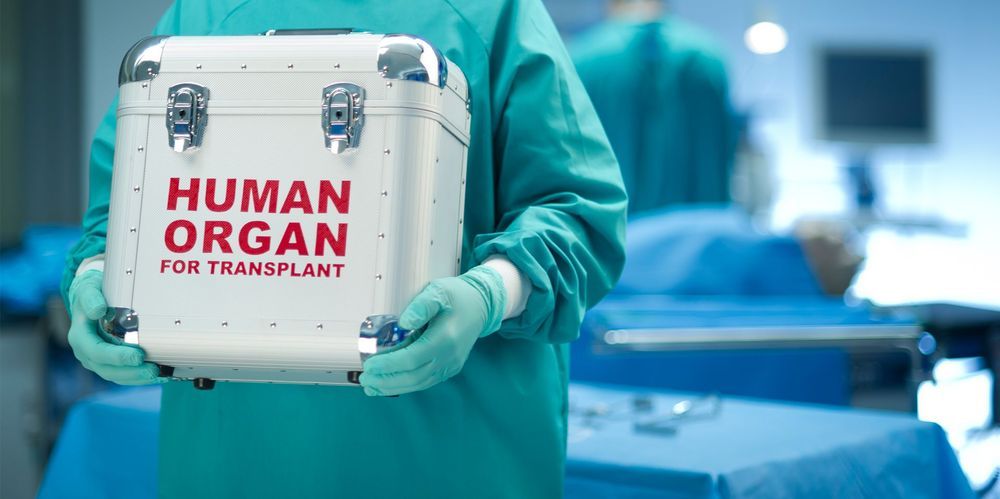
Researchers from the University Hospital and ETH Zurich have developed a machine that repairs injured human livers and keep them alive outside the body for one week. This breakthrough may increase the number of available organs for transplantation saving many lives of patients with severe liver diseases or cancer.

How can we tackle gender imbalance in the personalities of AI learning tools?
The Gendering of AI
The expected growth in use of artificial intelligence (AI) in learning applications is raising concerns about both the potential gendering of these tools and the risk that they will display the inherent biases of their developers. Why the concern? Well, to make it easier for us to integrate AI tools and chatbots into our lives, designers often give them human attributes. For example, applications and robots are often given a personality and gender. Unfortunately, in many cases, gender stereotypes are being perpetuated. The type of roles robots are designed to perform usually reflect gendered over generalizations of feminine or masculine attributes.
Feminine personalities in AI tools such as
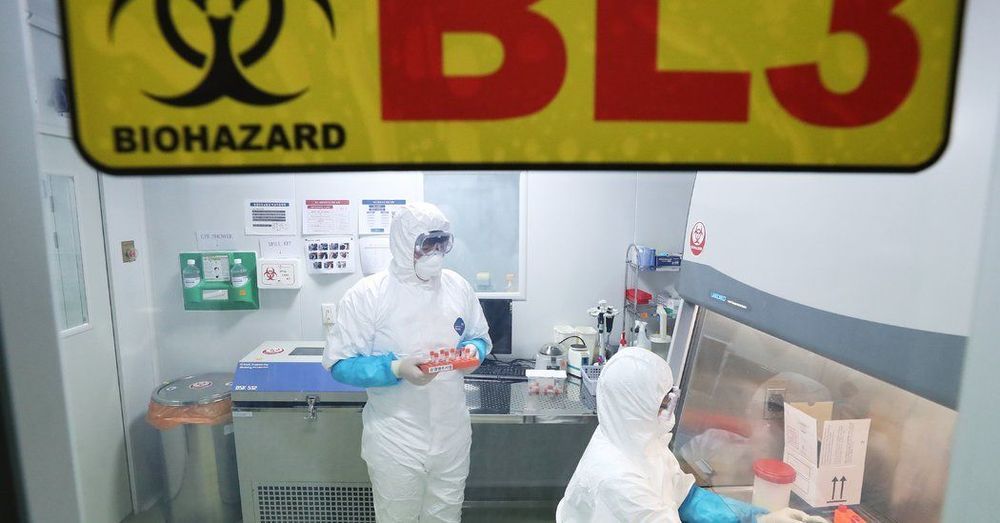

The United States Department of Homeland Security’s Cybersecurity and Infrastructure Security Agency (CISA) has issued an alert that strongly urges users and administrators alike to update a VPN with long-since disclosed critical vulnerabilities. “Affected organizations that have not applied the software patch to fix a remote code execution (RCE) vulnerability,” the CISA alert warns, “can become compromised in an attack.” What has dictated the need for this level of Government agency interest and the urgency of the language used? The simple answer is the ongoing Travelex foreign currency exchange cyber-attack, thought to have been facilitated by no less than seven VPN servers that were late in being patched against this critical vulnerability. The vulnerability in question is CVE-2019–11510, first disclosed way back in April 2019 when Pulse Secure VPN also released a patch to fix it.
Critical VPN security vulnerability timeline
The CISA alert provides a telling timeline that outlines how the Pulse Secure VPN critical vulnerability, CVE-2019–11510, became such a hot security potato. Pulse Secure first released an advisory regarding the vulnerabilities in the VPN on April 24, 2019. “Multiple vulnerabilities were discovered and have been resolved in Pulse Connect Secure (PCS) and Pulse Policy Secure (PPS),” that advisory warned, “this includes an authentication by-pass vulnerability that can allow an unauthenticated user to perform a remote arbitrary file access on the Pulse Connect Secure gateway.” An upgrade patch to fix the problem, which had been rated as critical, was made available at the same time. Warning users that the vulnerabilities posed a “significant risk to your deployment,” Pulse Secure recommended patching as soon as possible.
